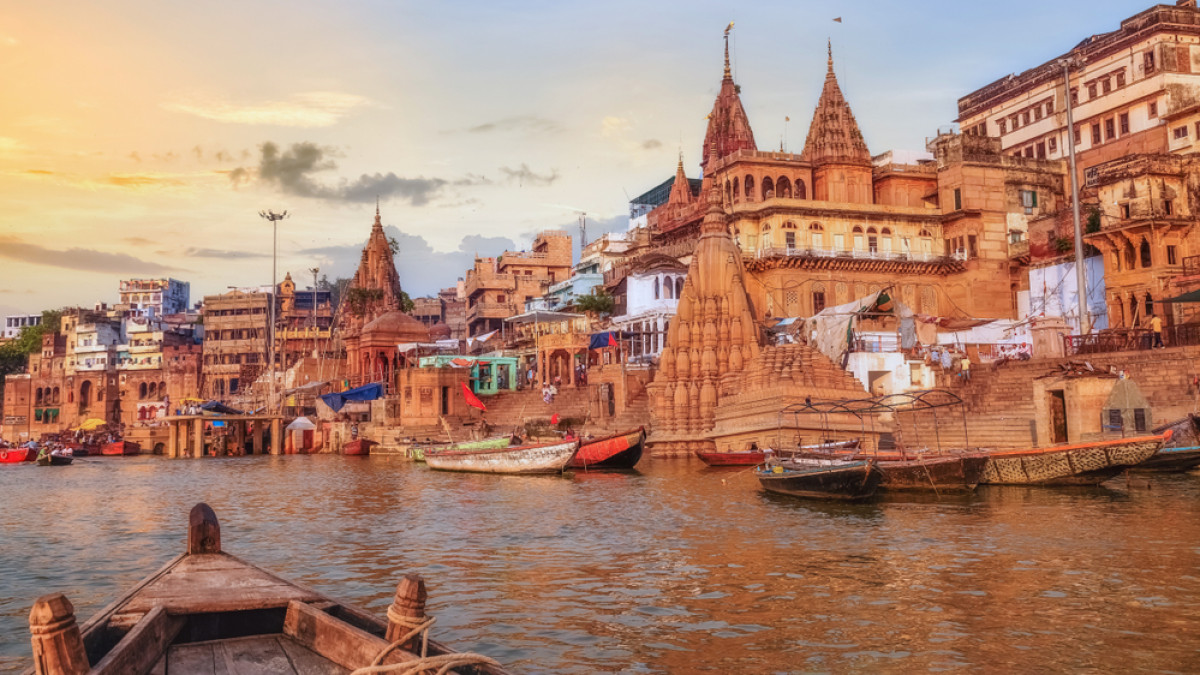North India is a loosely defined region consisting of the northern part of India. The dominant geographical features of North India are the Indo-Gangetic Plain and the Himalayas, which demarcate the region from the Tibetan Plateau and Central Asia. The term North India has varying definitions.


The northern region is among the largest regions in India comprising eight states — Jammu & Kashmir, Himachal Pradesh, Punjab, Uttarakhand, Haryana, Delhi, Rajasthan and Uttar Pradesh and UT Chandigarh.The National Capital Region of Delhi, Gurgaon, and Noida are home to numerous global organizations. A few of the programming development organizations of NCR locale are Infosys, Cognizant, MphasiS, Accenture, ThoughtWorks, Oracle, SAP, and HCL Technologies.South India was important for gold and other precious stones. It was also known for its spice trade. It had trade contacts with the Roman Empire and silk and spices were exported to Roman empire in return for Wine and other luxury products.Most of Northeast India and much of North India are subject to a humid subtropical climate and a subtropical highland climate. Though they experience warm to hot summers, temperatures during the coldest months generally fall as low as 0 °C (32 °F).East India is a region of India consisting of the Indian states of Bihar, Jharkhand, Odisha and West Bengal and also the union territory of the Andaman and Nicobar Islands.Maharashtra is the wealthiest state in India, with a Gross State Domestic Product (GSDP) of over $400 billion. The state is known for its industrial and agricultural activities. The state is home to India's largest city, Mumbai, which is a major center for finance and trade.